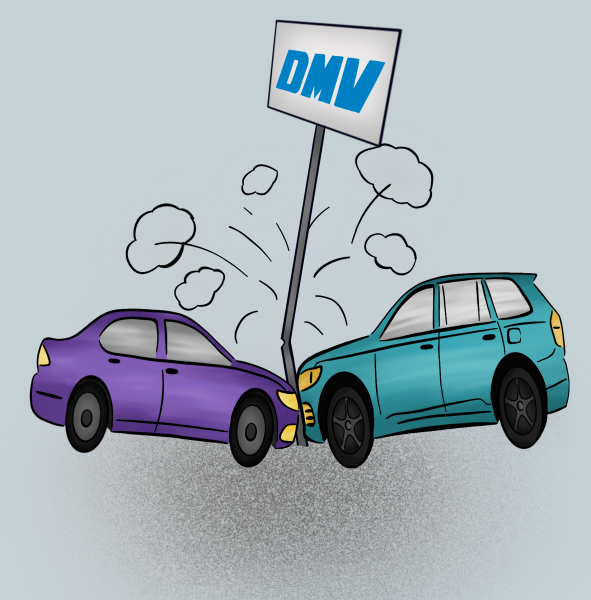“Partial-Distance” Model Needed for Fall Courses
When the Acalanes Union High School District switched to online learning on March 13, many students, myself included, thought we would likely return to campus following spring break.
10 weeks later, not only has the 2019-2020 school year wrapped up through distance learning, but physically returning to campus in the fall seems unlikely.
I am hopeful the 2020-2021 school year will be a traditional one. However, 1400 students descending on 300 Moraga Road seems dangerous considering the lingering pandemic. There is no way social-distancing guidelines could be followed with so many people in one place at one time.
The best option for the fall is a combination of distance learning and on-campus learning. The on-campus instruction would need to be staggered so that class sizes allow for social distancing and so that students can be grouped into smaller pods.
This “partial-distance” learning could be done by allowing certain subjects on campus or by separating alphabetically into A.M. and P.M. student groups to lessen the number of people on campus at a given time. It is the best option for balancing the health, educational, and social needs of students.
“Distance learning is okay because the teachers work really hard to make it work, but it’s hard to stay focused and motivated when I’m just sitting in my room. When you’re at school, the environment makes it easier to stay on task,” said freshman Leighton Jay.
According to Education Week, recent surveys reveal students learn better in-person than online.
No matter what form the school day takes in the fall, students will need to wear masks, keep their distance, and maintain good sanitation. Thus far, people in our community have remained diligent in following protocols, and Moraga’s coronavirus case count has held steady at 7, according to Contra Costa Health, since the shelter-in-place began.
This trend shows that Campolindo can support in-person instruction in some fashion. And in-person instruction offers more than just a superior environment for learning. It is also a critical element to emotional health.
While Wellness Intake Specialist Liana Holcomb and the Wellness Center have made an effort to help students stay mentally healthy at home with weekly emails and check-ins, social interaction is an indisputable basic human need. Even small classes once or twice a week could be beneficial for students’ mental health.
Another knock on distance learning is the dependency on technology, which not all instructors are capable of using effectively, and not all students are able to access. Under the current distance-learning model, it has also been extremely easy for students to procrastinate or tune out completely. Accountability has been all but nonexistent.
Furthermore, the burden on parents during this experiment with distance learning has been huge. It is difficult for the parents of young children to help teach their kids at home, especially when they have work responsibilities of their own .
It’s impossible to predict the coronavirus-related circumstances in August, so we should prepare for a combination of on-campus learning and online learning to keep our options open.
Your donation will support the student journalists of Campolindo High School's The Claw. Your contribution will allow us to produce more issues and cover our annual website hosting costs.


